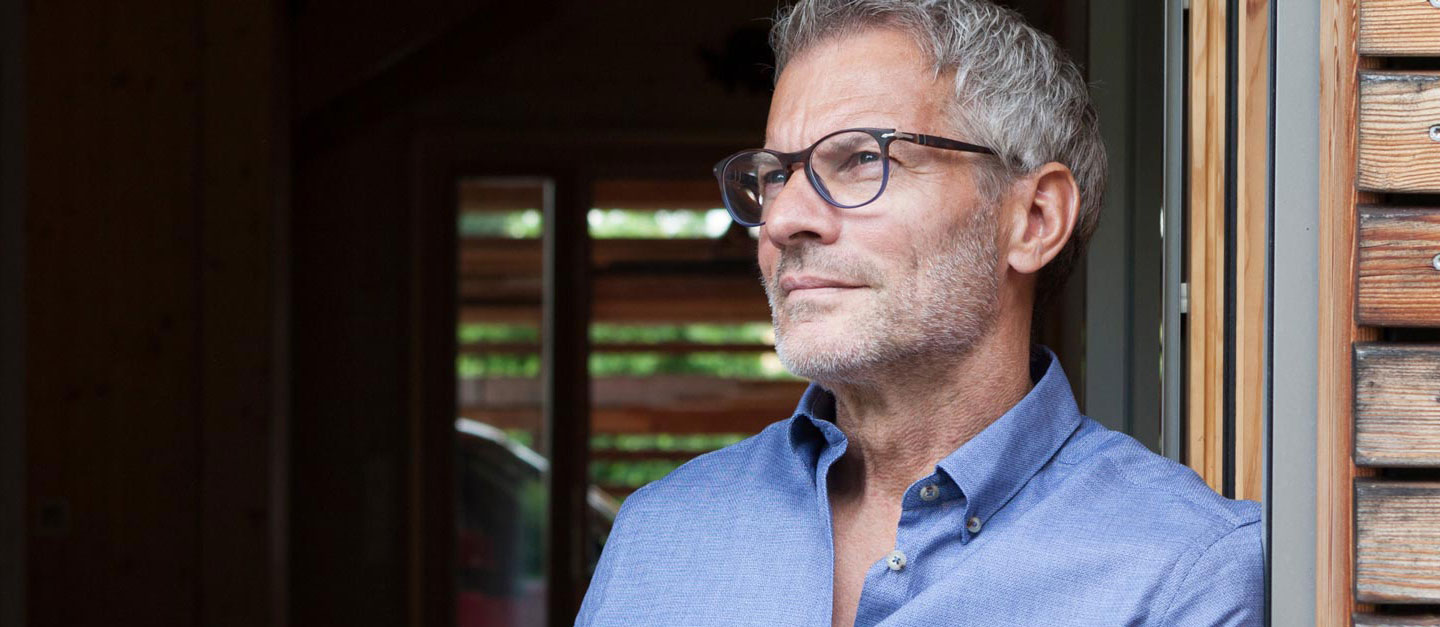Pensions for women
What women should know about their pensions.
Answers to the most frequently asked questions about retirement provisions.
Women run a high risk of not making enough provisions for old age. This is because maternity leave and working part-time can give rise to pension gaps and financial hardship in later life. Hence, women should look into their pensions as early as possible.
What does the term “retirement provision” actually mean?
The term retirement provision refers to any money you will have access to for living costs after retirement. It consists of three pillars:
- Pillar 1: This pillar is the AHV pension, also referred to as the state pension. But on its own, this pension is not enough to live on.
- Pillar 2: This pillar is your occupational pension. If you are employed and currently earn a minimum salary of CHF 22,050 a year (as of 2023), part of your salary will be automatically paid into this pension fund This money will serve as an additional benefit to you in retirement.
- Pillar 3: If you want to maintain your current standard of living and have peace of mind, then you need to set extra funds aside through a private pillar 3 pension. To do so, you can open a retirement savings account into which you can pay a maximum amount of CHF 7,056 (as of 2023) annually.
Why are women more likely to end up with pension gaps?
Because many women reduce their working hours to start a family. You might take an extended break to have a baby and then return to work on a part-time basis. That means less money in your pension fund. Or none at all if, as a part-time worker, you earn less than the minimum pension fund salary of CHF 22,050. At the same time, lots of young families ease the demands on their budget by pausing payments into the woman's pillar 3a. This results in large gaps in your retirement provisions.
My husband has our family covered. Isn’t that enough?
Roughly 40% of all marriages in Switzerland end in divorce. If that happens, you will have to rely on your own savings after the divorce. It is true that compensation payments are ordered when couples divorce, but most women with children only return to work part-time afterwards and the gaps grow larger again. Statistics show that: 25% of all divorced pensioners need supplementary benefits because AHV is not enough:
Questions and answers
To do so, you need to calculate your annual annuity. The cantonal compensation office will issue you a free excerpt of your individual account. This will show your contributions so far and any missing contribution years. The total amount, excluding the years you were aged 18 to 20, is divided by the number of contribution years to give the average AHV income. The “Pension scale 44” guide sheet can then be used to calculate the monthly or annual pension.
If that sounds rather complicated, you are always welcome to arrange a Generali pension consultation.
There are various different options when it comes to improving your old-age pension. These are the two most common:
Buy into your pension fund voluntarily. You can deduct this amount from your taxes. Important: buying in is only possible while you are in employment. If you are about to retire, payments may only be made into the pension in the three years prior to retirement if you intend to draw a pension instead of a lump sum.
If you are employed, you can optimise your private pension by paying as much as possible into your pillar 3a . The maximum amount for 2023 is CHF 7,056. If you are self-employed, you can pay in 20% of your income subject to AHV contributions. That is a maximum of CHF 35,280 in 2023. You can deduct your contributions from tax.
If you discover missing contribution years in the excerpt from your cantonal compensation office, for instance following a period of study or an extended stay abroad of more than a year, you can pay your contributions for the last five years retroactively. You can compensate for a maximum of three missing years with your youth years (ages 18 to 20) provided you made contributions there. Payments into pillar 3a are generally only possible if you earn income subject to AHV contributions. With this in mind, it is important to find out where you stand sooner rather than later. Find out from an expert how to go about closing the gap quickly and as profitable as possible.
The suggestions and strategies vary significantly from one life situation to another. Needs differ drastically from one woman to another. Much depends on whether you are a single parent, divorced or married, have or don’t have children, work full or part-time, are an employee or self-employed. We have created five profiles for women from a wide range of living situations with corresponding retirement savings tips. Pick the profile that most closely resembles your own circumstances and take a look. It will contain a host of valuable tips relevant to your situation.
Suitable insurance products




 Contact
Contact
 Find an agency
Find an agency









 Close
Close




